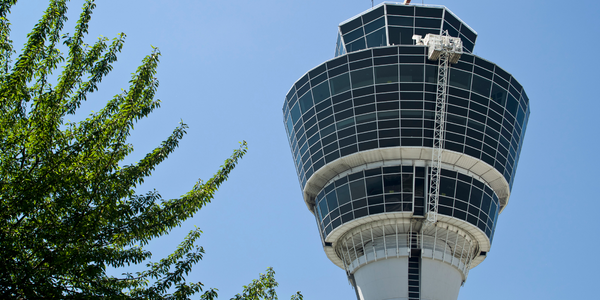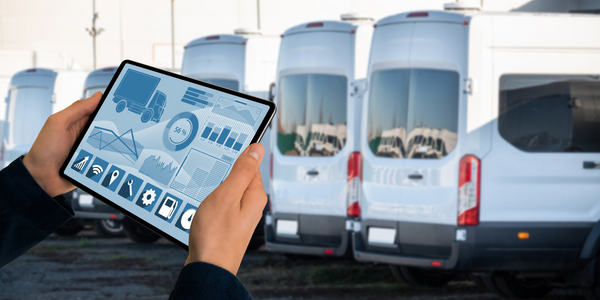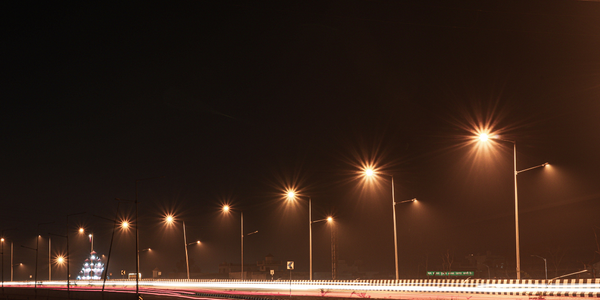公司规模
Large Corporate
地区
- America
国家
- United States
产品
- Parker by Streetline
- Meter Monitor
技术栈
- Sensor-enabled Meter Monitors
- Mobile Payments
- Real-time Parking Guidance App
实施规模
- Enterprise-wide Deployment
影响指标
- Customer Satisfaction
- Cost Savings
- Productivity Improvements
技术
- 功能应用 - 远程监控系统
- 网络与连接 - 无线局域网
适用行业
- 运输
- 城市与自治市
适用功能
- 物流运输
- 设施管理
服务
- 软件设计与工程服务
- 系统集成
关于客户
The Washington Metropolitan Area Transit Authority (WMATA) operates the metro rail system in Washington D.C., which is the second-busiest rapid transit system in the United States, with a daily ridership of nearly 900,000 trips. WMATA provides several 'Kiss & Ride' lots for commuters who prefer to park their cars and take the train into the city. The organization aims to enhance the commuter experience by making it easier for motorists to find parking and transition to public transportation. WMATA's focus is on improving operational efficiency and customer satisfaction by leveraging technology to address parking challenges and streamline payment processes.
挑战
WMATA faced several challenges in managing its parking facilities. The demand for parking spaces was high, leading to lots filling up quickly and causing inconvenience for commuters. Drivers had no way of knowing which lots had available spaces until they arrived, resulting in wasted time and frustration. Additionally, the existing coin-operated parking meters were outdated, requiring significant investment to replace and offering no data on meter status. Payment methods were also inconvenient, as commuters had to search for coins, potentially missing their trains.
解决方案
WMATA implemented a comprehensive solution using Streetline's technology to address its parking challenges. The Parker app provides real-time parking guidance, directing drivers to available lots and reducing the time spent searching for parking. Sensor-enabled Meter Monitors were installed to upgrade existing coin-operated meters, allowing for remote monitoring and maintenance without the need for costly replacements. Mobile payments were introduced, enabling commuters to pay for parking via their smartphones, eliminating the need for coins. Additionally, WMATA's website now displays real-time occupancy information and average trends, helping commuters plan their arrival times to secure parking spaces. These solutions collectively enhance the commuter experience by providing convenience and efficiency.
运营影响
数量效益

Case Study missing?
Start adding your own!
Register with your work email and create a new case study profile for your business.
相关案例.

Case Study
Turning A Stadium Into A Smart Building
Honeywell created what it called the “intelligent system” for the National Stadium in Beijing, China, turning the venue for the opening and closing events at the 2008 Summer Olympics into a “smart building.” Designed by highly controversial artist Ai Weiwei, the “Bird’s Nest” remains one of the most impressive feats of stadium architecture in the world. The 250,000 square meter structure housed more than 100,000 athletes and spectators at a time. To accommodate such capacity, China turned to Honeywell’s EBI Integrated Building Management System to create an integrated “intelligent system” for improved building security, safety and energy efficiency.
.png)
Case Study
Smart Street Light Network (Copenhagen)
Key stakeholders are taking a comprehensive approach to rethinking smart city innovation. City leaders have collaborated through partnerships involving government, research institutions and solution providers. The Copenhagen Solutions Lab is one of the leading organizations at the forefront of this movement. By bringing together manufacturers with municipal buyers, the Copenhagen Solutions Lab has catalyzed the development and deployment of next-generation smart city innovations. Copenhagen is leveraging this unique approach to accelerate the implementation of smart city solutions. One of the primary focus areas is LED street lighting.

Case Study
Airport SCADA Systems Improve Service Levels
Modern airports are one of the busiest environments on Earth and rely on process automation equipment to ensure service operators achieve their KPIs. Increasingly airport SCADA systems are being used to control all aspects of the operation and associated facilities. This is because unplanned system downtime can cost dearly, both in terms of reduced revenues and the associated loss of customer satisfaction due to inevitable travel inconvenience and disruption.

Case Study
IoT-based Fleet Intelligence Innovation
Speed to market is precious for DRVR, a rapidly growing start-up company. With a business model dependent on reliable mobile data, managers were spending their lives trying to negotiate data roaming deals with mobile network operators in different countries. And, even then, service quality was a constant concern.

Case Study
Buoy Status Monitoring with LoRa
The Netherlands are well-known for their inland waterways, canals, sluices and of course port activities. The Dutch Ministry of Infrastructure indicates that there are thousands of buoys and fixed items in and near water environments that would profit from IoT monitoring. One of the problems with buoys for example, is that they get hit by ships and the anchor cable breaks. Without connectivity, it takes quite some time to find out that something has happened with that buoy. Not to mention the costs of renting a boat to go to the buoy to fix it. Another important issue, is that there is no real-time monitoring of the buoys at this moment. Only by physically visiting the object on the water, one gains insight in its status.








